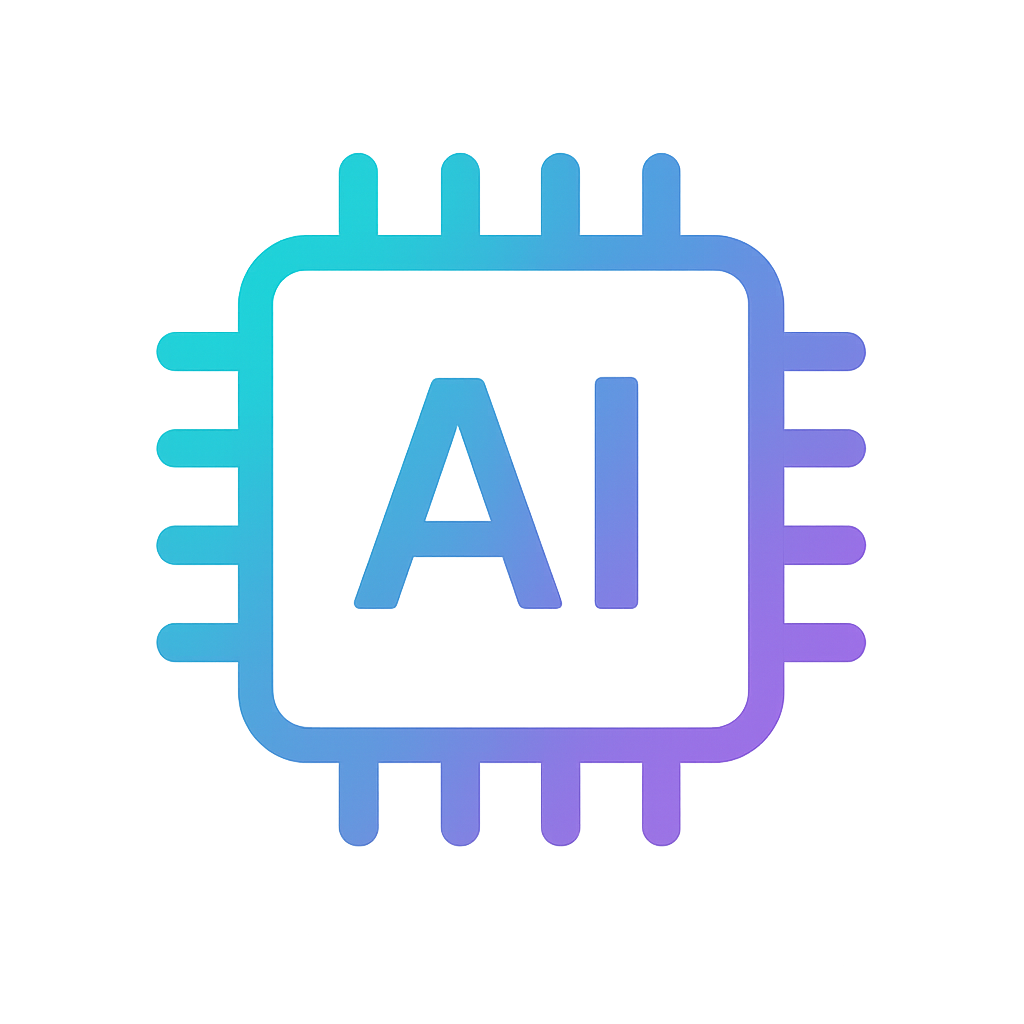STL 3D models

Axle shaft • Leo • HD

Goat skull • Leo • HD

Textured vase • Leo

Patchwork chair • Leo • HD

Car engine • Leo • HD

BMW manifold • Leo • HD

Golden Tiger • Space Spider

Christmas Bear • Leo

Buggy • Leo • HD

Bobcat skid-steer loader • Leo • HD

Snowmobile • Leo • HD

Dragon • Leo • HD

Motorcycle Crankcase • Space Spider

Motorcycle Upper Triple Clamp • Space Spider

Mercedes-Benz CLK 430 Convertible • Leo • HD

Socket cap screw • Micro

Jaguar ring • Micro

Crankshaft • Combo

Crankshaft HD • Leo • HD

Heart pendant • Micro

Gemstone • Micro

Lone Sailor Memorial • Leo

Michel Rodange monument • Combo

Church façade • Combo
